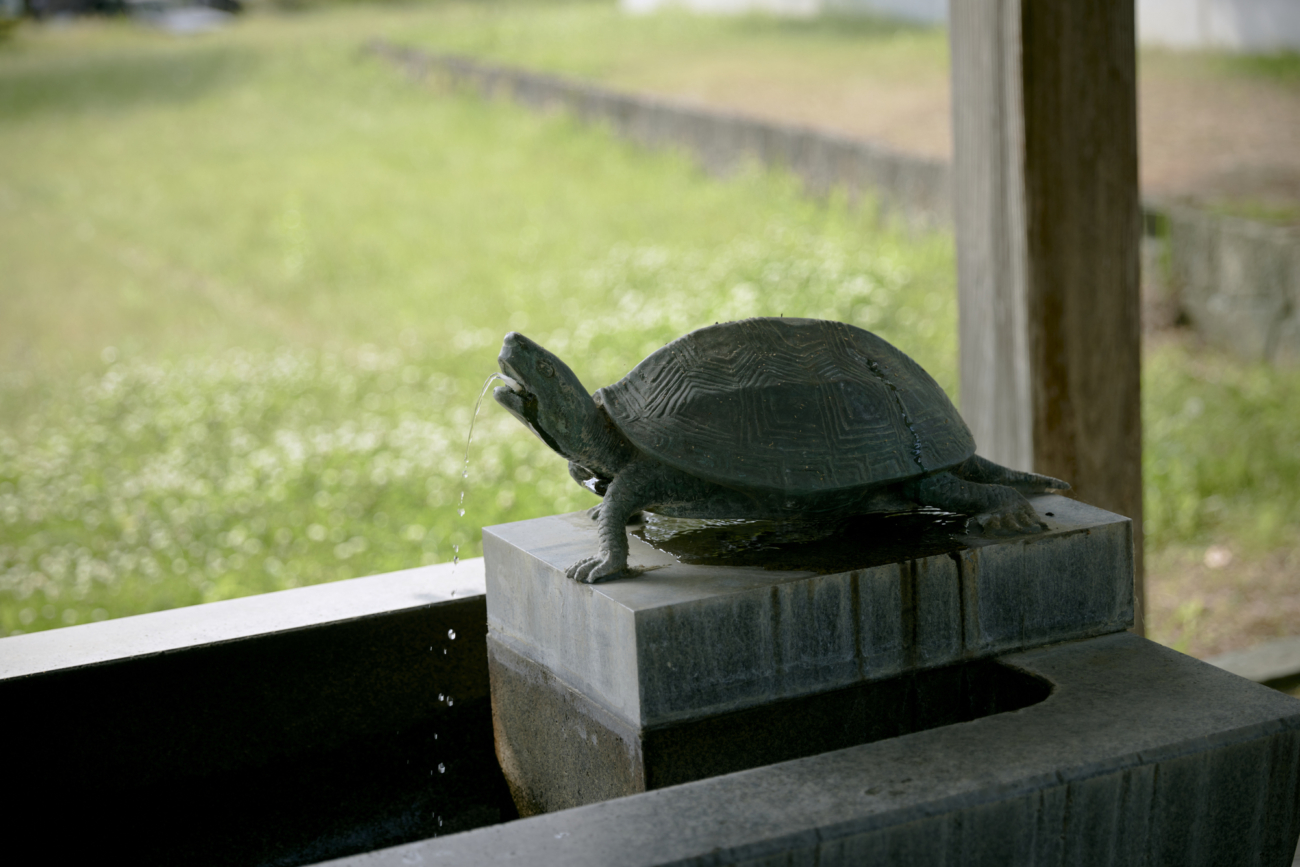What is a Myōjin Taisha?
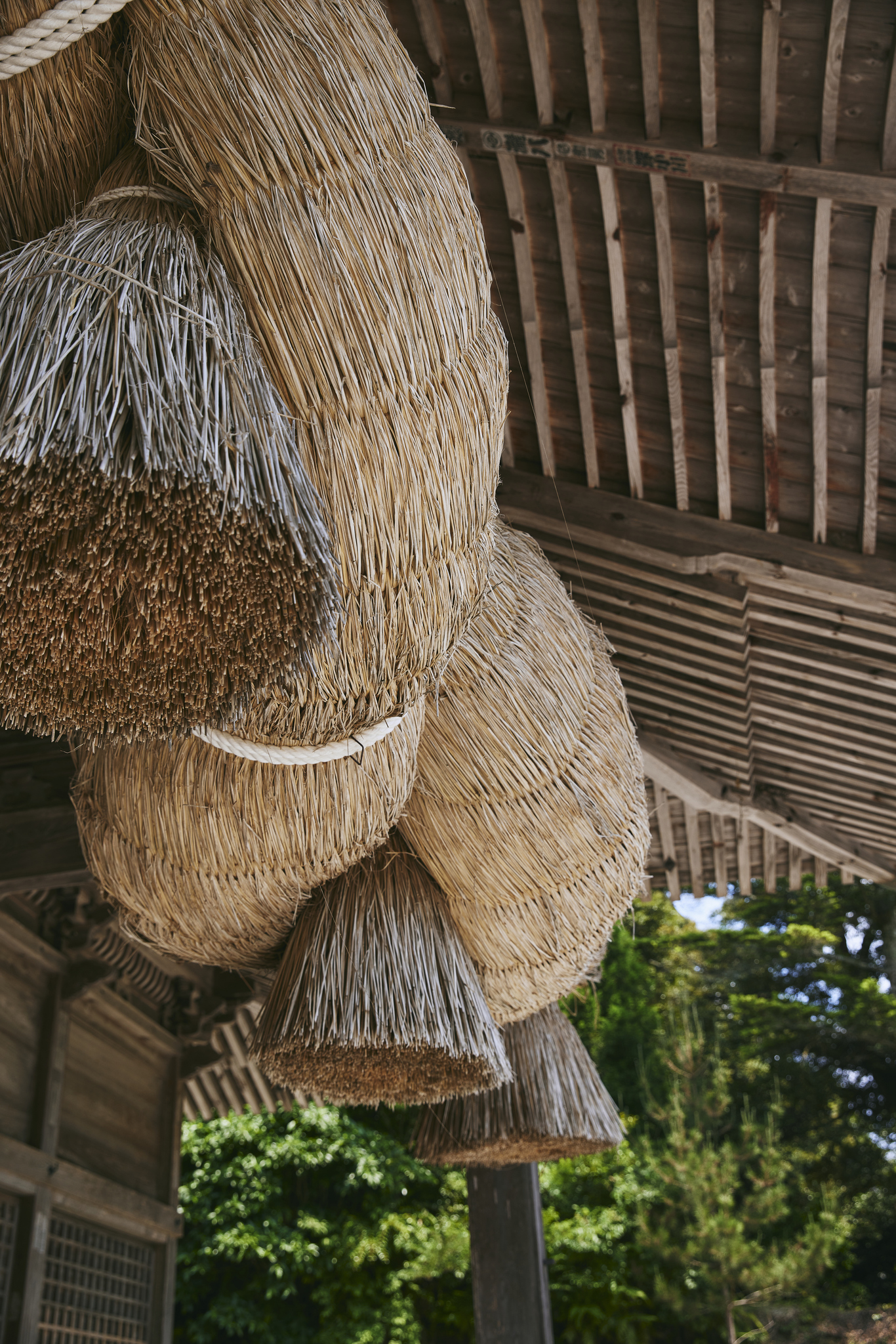
That was not all. The shrines in those two chapters were further grouped by province and district, as well as annotated with their respective ranks, the highest one being myōjin. It was assigned only to the places that enshrined an especially powerful god and received offerings from the imperial court. Soon enough, those places came to be called Myōjin Taisha and as it turns out, there weren’t all that many of them. A quick calculation reveals only about one in twelve of all listed shrines enjoyed such high esteem.
It may come as a surprise then, that Oki Islands are quite a dense area of those important shrines, especially in comparison with two other historical provinces in the present-day Shimane prefecture that have two and none respectively. To see as many as four Myōjin Taisha, places of worship already well-established and highly esteemed by the time statesmen in the 10th century Kyoto compiled administrative statutes, can be evidence this region held great significance to the imperial court since the dim and distant past.
So now that we know what a Myōjin Taisha is, let’s see which four shrines exactly hold this title and what they reveal to us about the history of the Oki Islands.
Mizuwakasu Shrine, Okinoshima Town
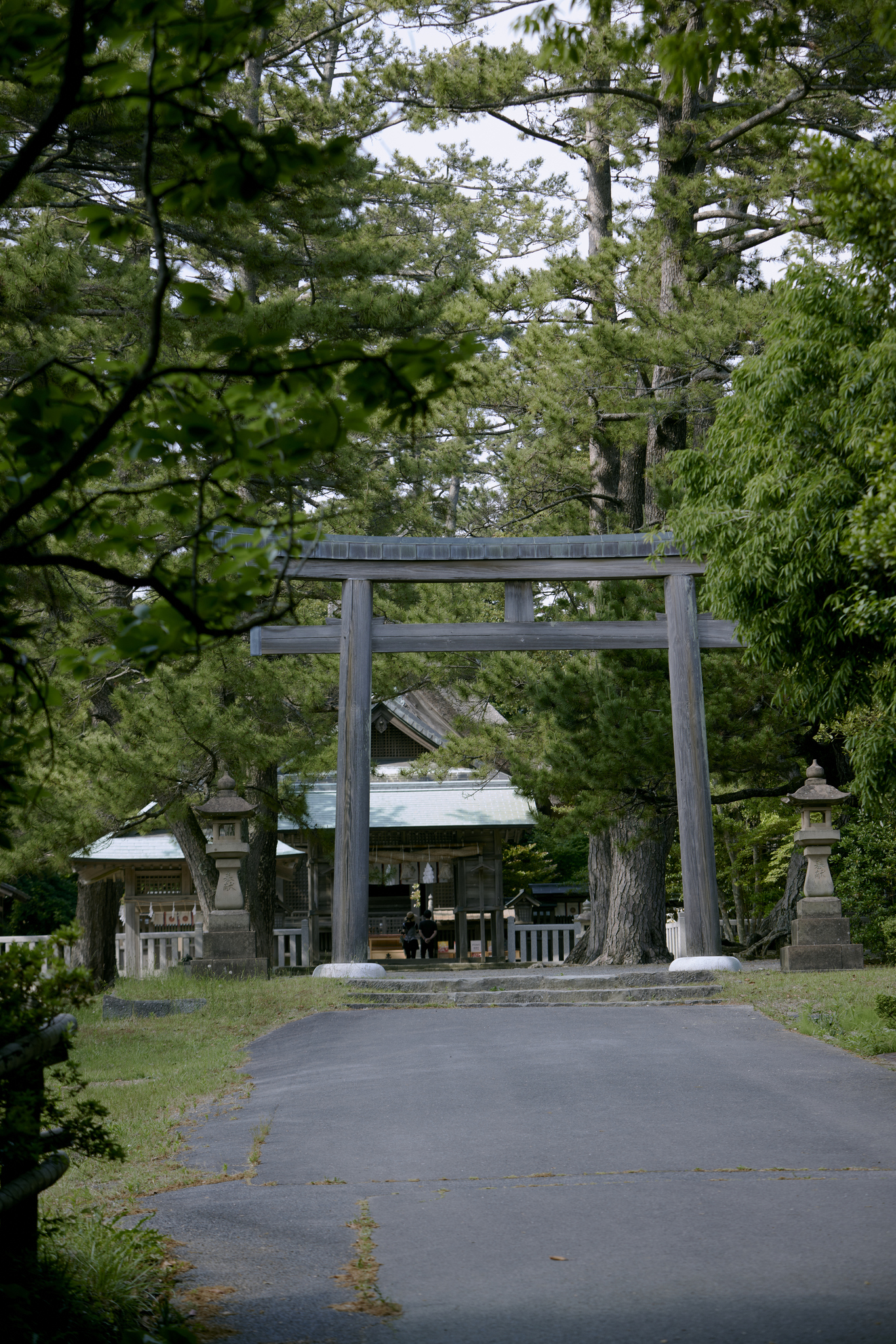
Located about a 20-minute drive from the Saigo Port, Mizuwakasu Shrine is one of the must-visit spots in Okinoshima. Arguably, it has been one for ages, since long before the modern state and prefectures were established, it had enjoyed the highest rank of all shrines in the former Oki Province. As such, it received support not only from the people in its immediate neighbourhood but all the islanders. In more recent times, its significance can be seen in the big celebrations that mark replacing the roof in the main shrine, every twenty years.
With many of its oldest records lost, not much is known about the early history of this shrine. A look around, however, can give a clue about the deep past of Goka Area. The shrine stands in the valley of Omosu-gawa River, a strip of flatland on a mountainous island. As a place suitable for agriculture, it hosted a thriving settlement led by a prominent figure—a fact that can be inferred from the presence of a burial mound, a short walk away from the hall of worship.
Yurahime Shrine, Nishinoshima Town
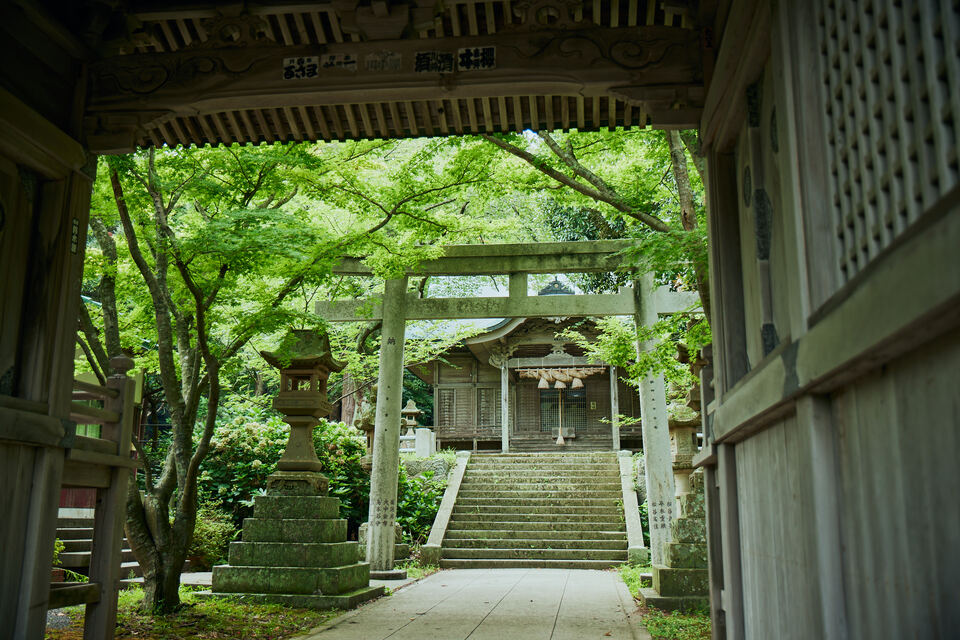
Yurahime Shrine is nestled in an inlet of Uragō Bay, a 10-minute drive away from Beppu Port. Worshipped there is a female deity associated with protection at the sea and bountiful haul. Local legend says that once upon a time she was bitten on the hand by a squid, so ever since these animals have been coming to the inlet by the torii gate to beg forgiveness for this transgression.
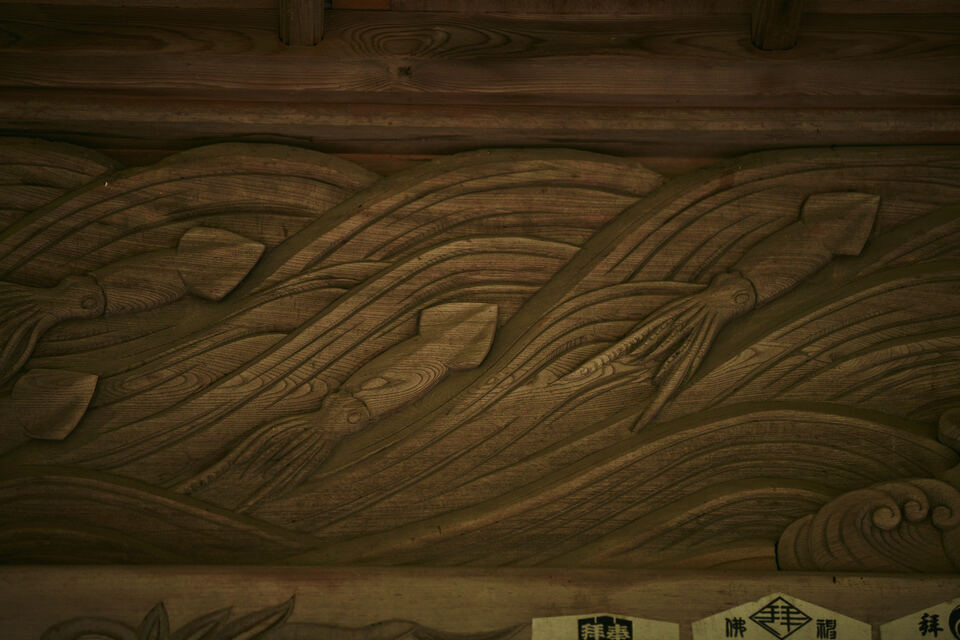
While said legend sheds light on the prominent presence of squid motifs around the shrine, it is first and foremost an attempt to explain a phenomenon occurring in Uragō Bay. From autumn to winter, shoals of diamond squids migrating along Tsushima Warm Current appear in the waters by Yurahime Shrine, so close to the shore that islanders can easily wade in to gather them. In the past, some reportedly could make a living out of it, since squids are a pricey delicacy and the numbers washed ashore were that great.
Ise-mikoto Shrine, Okinoshima Town
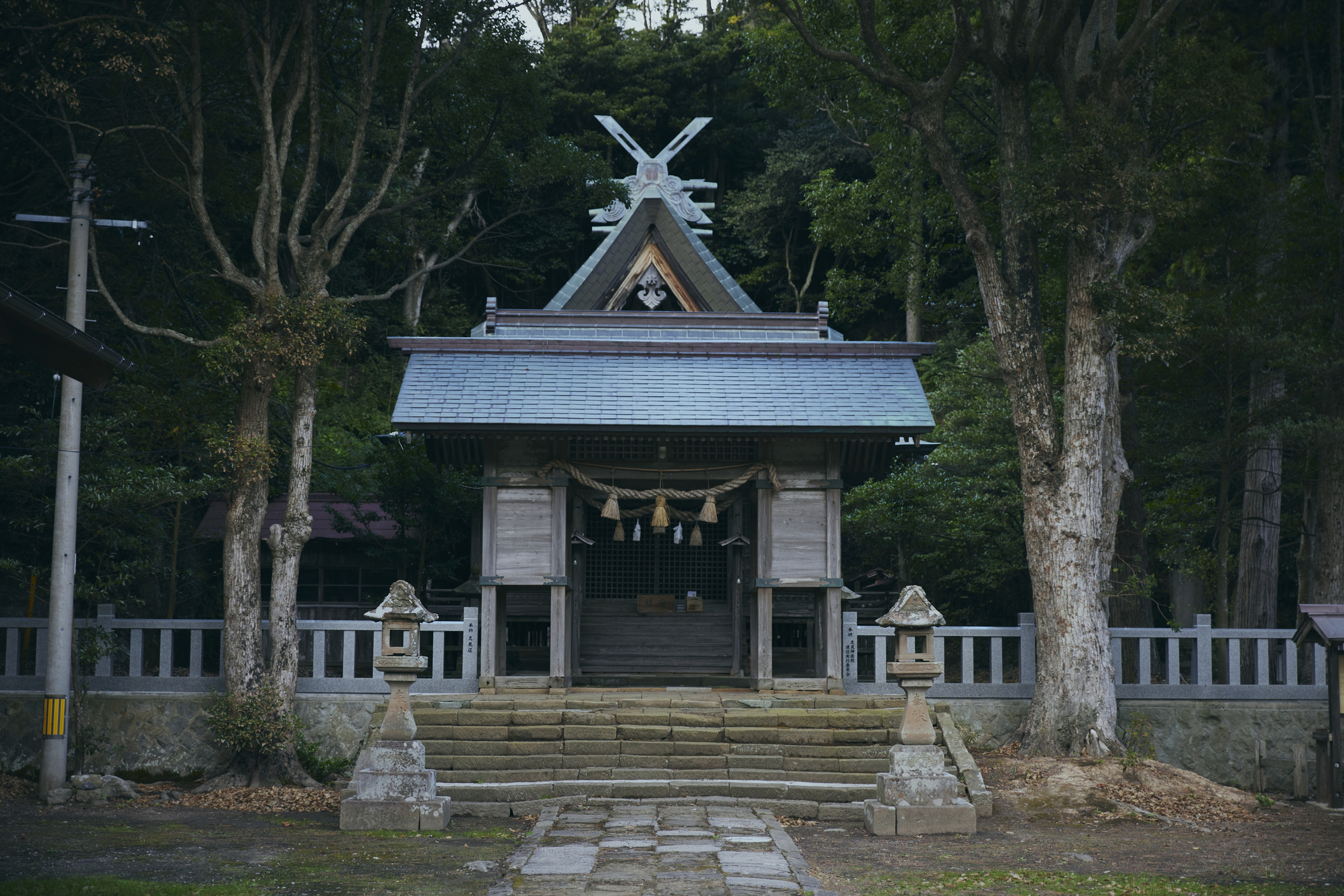
To properly explain the significance of this shrine, perhaps we should first take a look at the map.
Ise-mikoto Shrine is located in the Kumi area, a remote part of the island which is about a 30-minute drive away from Saigo Port. Out of the four Myōjin Taisha in Oki, this one stands the furthest away from the main island of Japan, Honshu, and the closest to foreign lands overseas. That very much makes it a shrine “at the frontier”, so it stands to reason a powerful deity would be worshipped there, to help protect the country from outside threats.
But the Kumi area isn’t remarkable only for being at the frontier. Long before any notion of state was established, people have been braving the Sea of Japan in boats made from a hollowed tree to reach this part of Dōgo Island. There, they mined obsidian, also known as a type of volcanic glass. While obsidian has been discovered in many places in all of Japan, the type found in Kumi was highly valued for its quality and used for stone tools. So much so that it was transported far to the northeast of Honshu and Shikoku Island, along the route that first led to the Dōzen Islands.
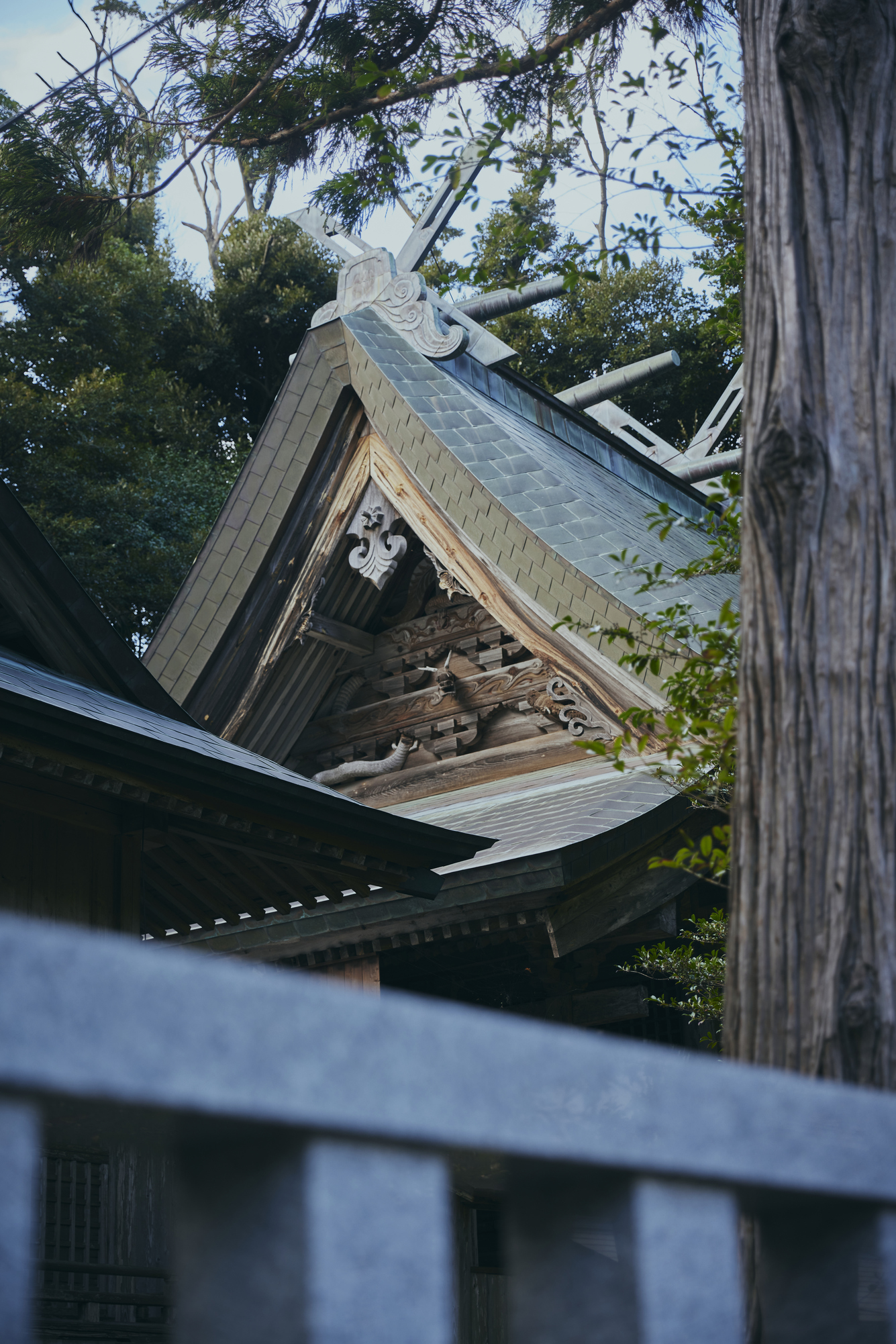
This brings us to the last Myōjin Taisha –
Uzuka-mikoto Shrine, Ama Town
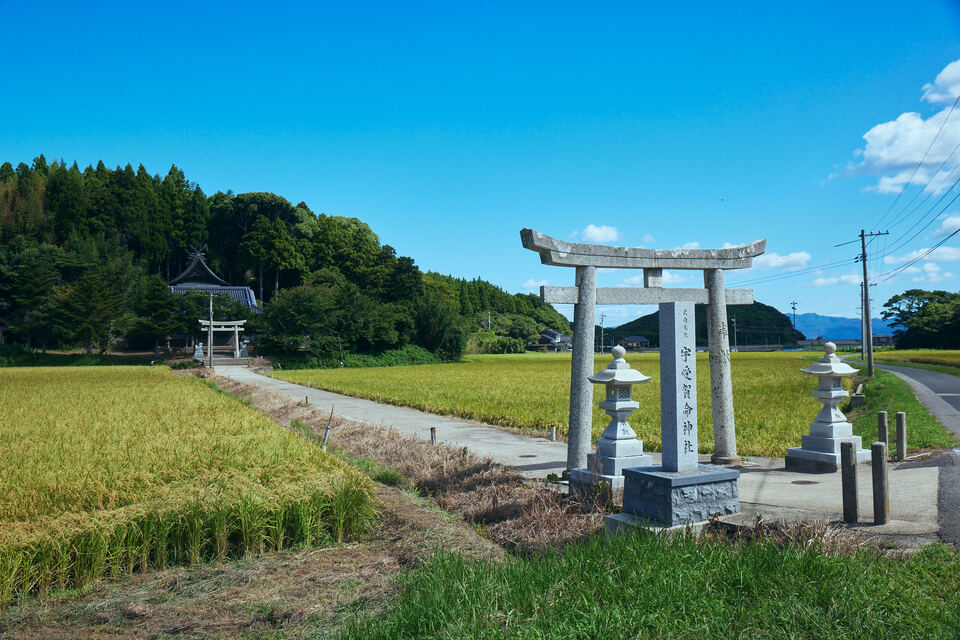
Just a short drive away from Hishiura Port, Uzuka-mikoto Shrine stands picturesque amidst the rice fields of Uzuka area, a part of the wide plain suitable for agriculture right by the northern coastline of the island. A quick look at the map reveals this is also very close to Dōgo Island, separated only by a thin, 10-kilometre strait. Supposedly someone wanted to carry obsidian from there through the Dōzen Islands, wouldn’t it make sense to make the Uzuka area the first stop en route to the main island of Japan?
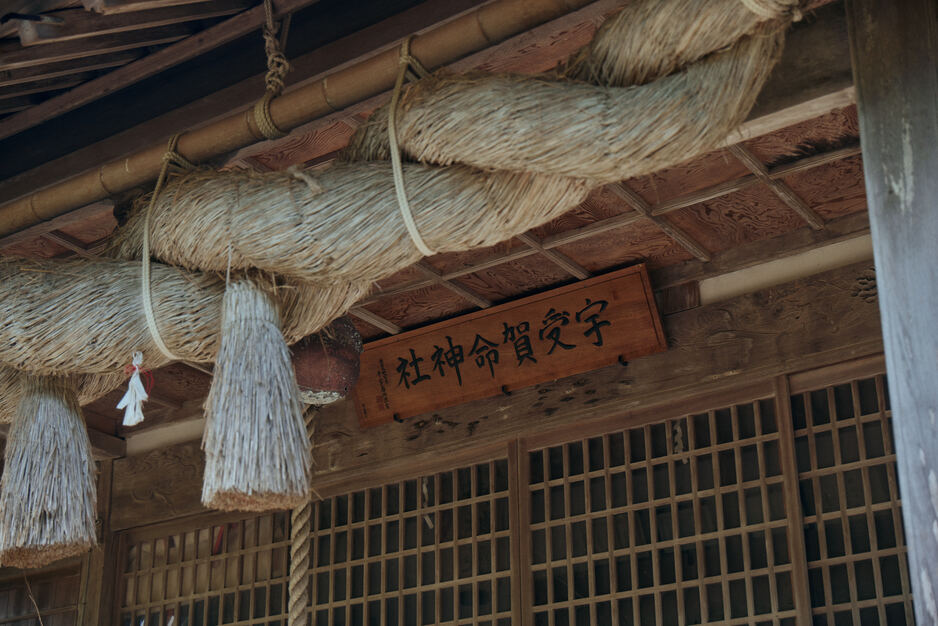
Archaeological findings seem to confirm that yes, it would, as they include remains of an ancient port and obsidian itself. A burial mound has been confirmed there as well. It all points towards the Uzuka area, having been an important frontier settlement along the “obsidian route” since long ago. Perhaps it is no wonder a deity worshipped in a place like this would be recognised as especially powerful.
…But those are only some things the Myōjin Taisha can tell us about the past. There is still much more they can share about Oki Islands, so why not pay them a visit?
Author: Izabela Raczynska

